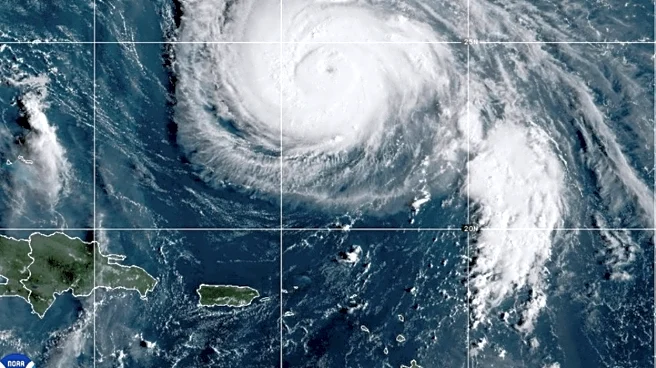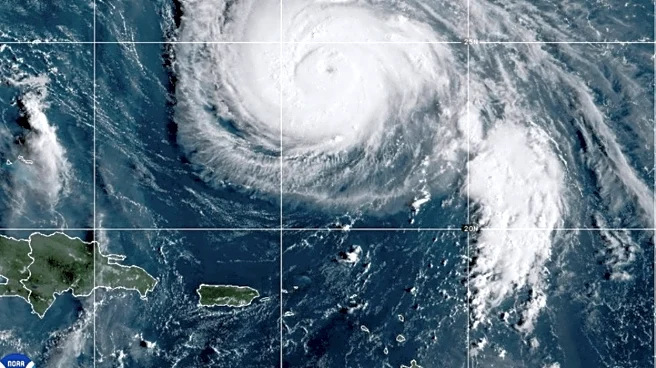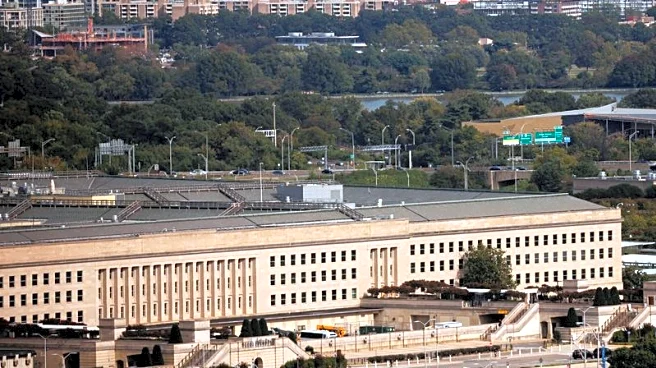What is the story about?
What's Happening?
The Nullification Crisis in South Carolina emerged following the passage of the federal tariff law of 1828. Led by John C. Calhoun, South Carolinians asserted their right to nullify federal laws and secede from the union. In 1832, the state's General Assembly convened a special convention to nullify the tariffs of 1828 and 1832, declaring them 'null and void' and prohibiting federal officials from collecting tariffs in the state. This action isolated South Carolina, as no other states supported its cause, and President Andrew Jackson threatened military intervention. The crisis was eventually defused with the Compromise of 1833, which adjusted tariff rates and eased tensions.
Why It's Important?
The Nullification Crisis was a pivotal moment in U.S. history, highlighting the tensions between state and federal authority. It underscored South Carolina's commitment to slavery and southern nationalism, setting the stage for future conflicts leading to the Civil War. The crisis demonstrated the challenges of balancing state rights with federal power, a theme that continues to resonate in American politics. The resolution through the Compromise of 1833 showcased the potential for negotiation and compromise in resolving deep-seated political disputes.
Beyond the Headlines
The Nullification Crisis had long-term implications for the ideological development of the South, reinforcing the region's commitment to states' rights and resistance to federal intervention. It also contributed to the growing sectionalism that would eventually lead to the Civil War. The crisis highlighted the complexities of federalism in the United States, raising questions about the limits of state sovereignty and the role of the federal government in enforcing national laws.
AI Generated Content
Do you find this article useful?















